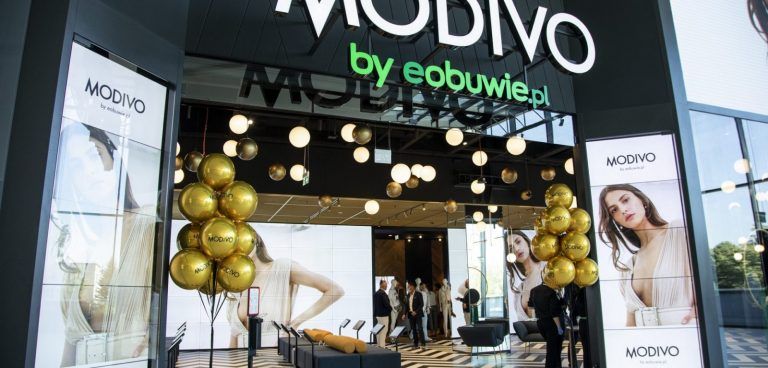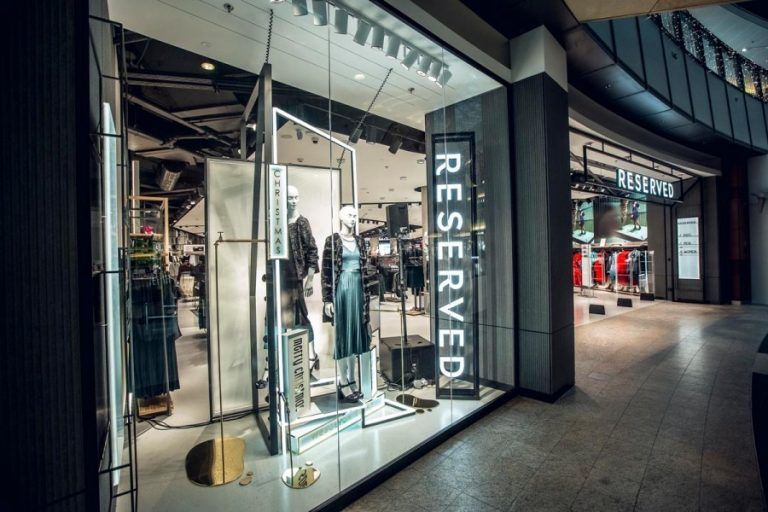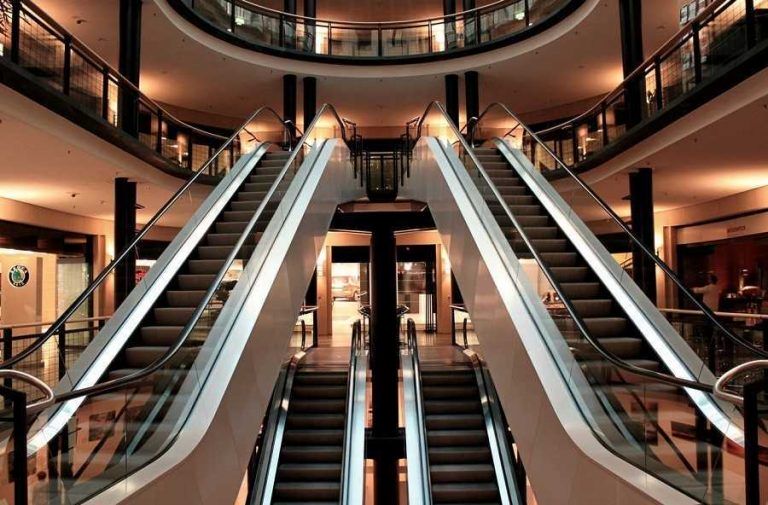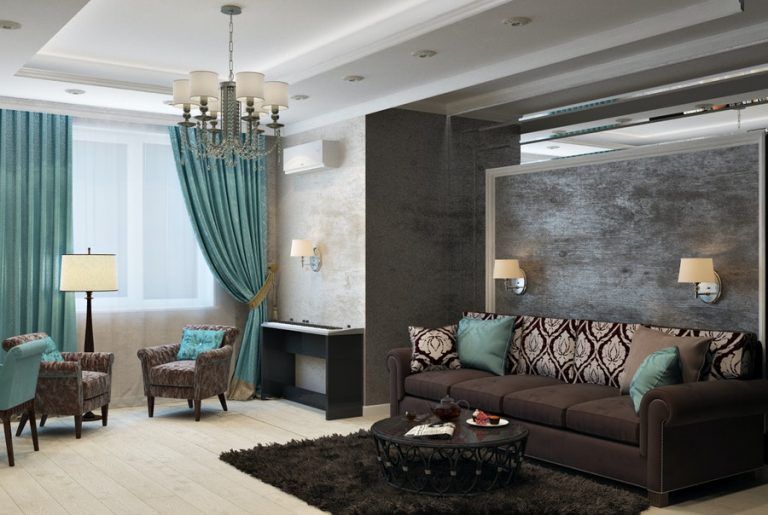Retail Health Compliance
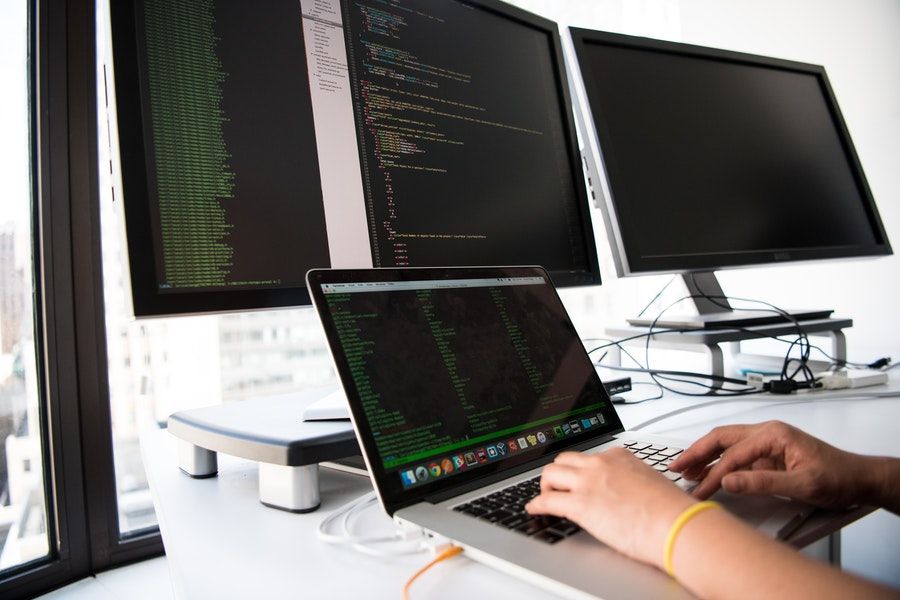
Wpis dostępny jest także w języku:
![]() polski
polski
Each of us sometimes has to make quick, unplanned purchases. Until now, the matter was quite simple – we pass the shop, we quickly analyze what we need, we go in, do the shopping and go home. Today, however, things are getting a little complicated. Bartłomiej Łatka wrote about how technology facilitates safe shopping during an epidemic.
How about shopping during a pandemic?
They are often still done in a hurry. But in this hurry, it is easy to forget about the mask or visor that is obligatory in closed spaces. I guess each of us has been warned by a cashier or a bodyguard at least once. What if a shop assistant doesn’t notice? Or he just won’t want to see? Relax, the technology has already found a solution.
Shop monitoring, combined with a gate blocking access to the shop floor can work wonders. An example? When approaching a gate located in one of the TopMarket stores without a mask or visor, we can be sure of one thing – the gate will not open. The information on the obligation to cover your mouth and nose simply has to be respected, there is no other option. So we will only be able to enter the shop if we follow the common guidelines.
The technology guarantees safety
Technical solutions, facilitating the maintenance of the sanitary regime, appear on the market very slowly. Perhaps the sellers are counting on the epidemic to end soon and it is simply a shame for them to spend money on them, or perhaps they just don’t see their enormous potential yet. Anyway, this market area is still underdeveloped. That’s too bad. After all, the safety of us all depends on him.
As Professor Robert Flisiak says in an interview for OKO. press: “We should stop thinking in terms of “we are afraid”, “fear”. We have no choice but to learn to live with this virus. If we can’t adapt it, we have to adapt. So you have to accept that there is a risk of infection. The idea is to individualize them at the level of each of us and minimize them at the individual and global level.
According to this statement, the use of the possibilities offered by technology within the framework of functioning in the so-called ” The “new reality” should be a completely natural turn of events for us.
Solutions based on camera image analysis are no rocket-science today. What’s more, there’s even been a pretty neat term for them – health compliance. On the one hand, they help to identify certain irregularities or high-risk situations (e. g. fever at the customer’s, the fact of not washing hands, no disinfection of the table or hotel room, exceeding the allowed number of people in the shop floor or cinema, no helmet or, as I mentioned at the beginning of the mask or visor). On the other hand, they help to take automatic action, e. g. Send an alert by e-mail or text message, light an alarm signal (e. g. (Philips Hue bulb) or even just don’t open the store gate. Moreover, they also make it possible to analyse such past events, which makes it easier to make the right decisions once the epidemic risk has materialised.
Such systems monitor and measure traffic in real time with 99% accuracy and ensure that current governmental health, safety and general retail operations are easier to enforce. Their use allows to provide a safe, exemplary customer service shopping environment, adapted to functioning in even such difficult conditions as nowadays.
These are solutions made to measure, and investing in them will certainly bring a number of benefits to those who decide to implement them. It is an investment not only in technology, but also and above all in health and safety, which are especially important for gold today.
The author of the article is Bartłomiej Łatka, Expert in retail and logistics at Euvic IT.
About the author
Bartłomiej Łatka
Expert in retail and logistics at Euvic IT.
Since 1997 he has been associated with the IT industry, a passionate and specialist in the area of activities at the interface between business and technology. He has participated in dozens of projects for clients from such sectors as: banking, telecommunications, public administration, retail, logistics and industry. Over the last few years he has been involved in business development management and sales and process automation solutions.


